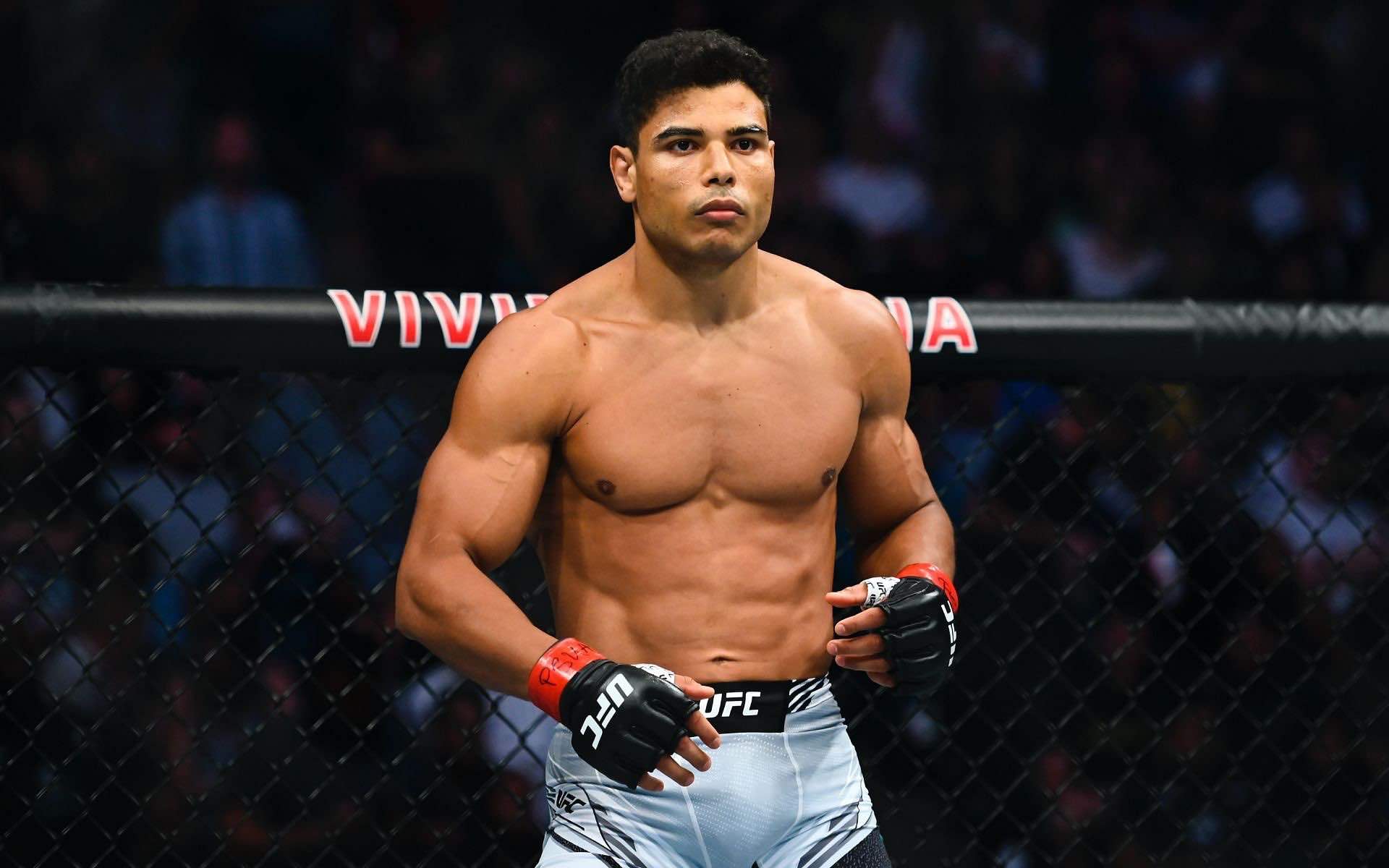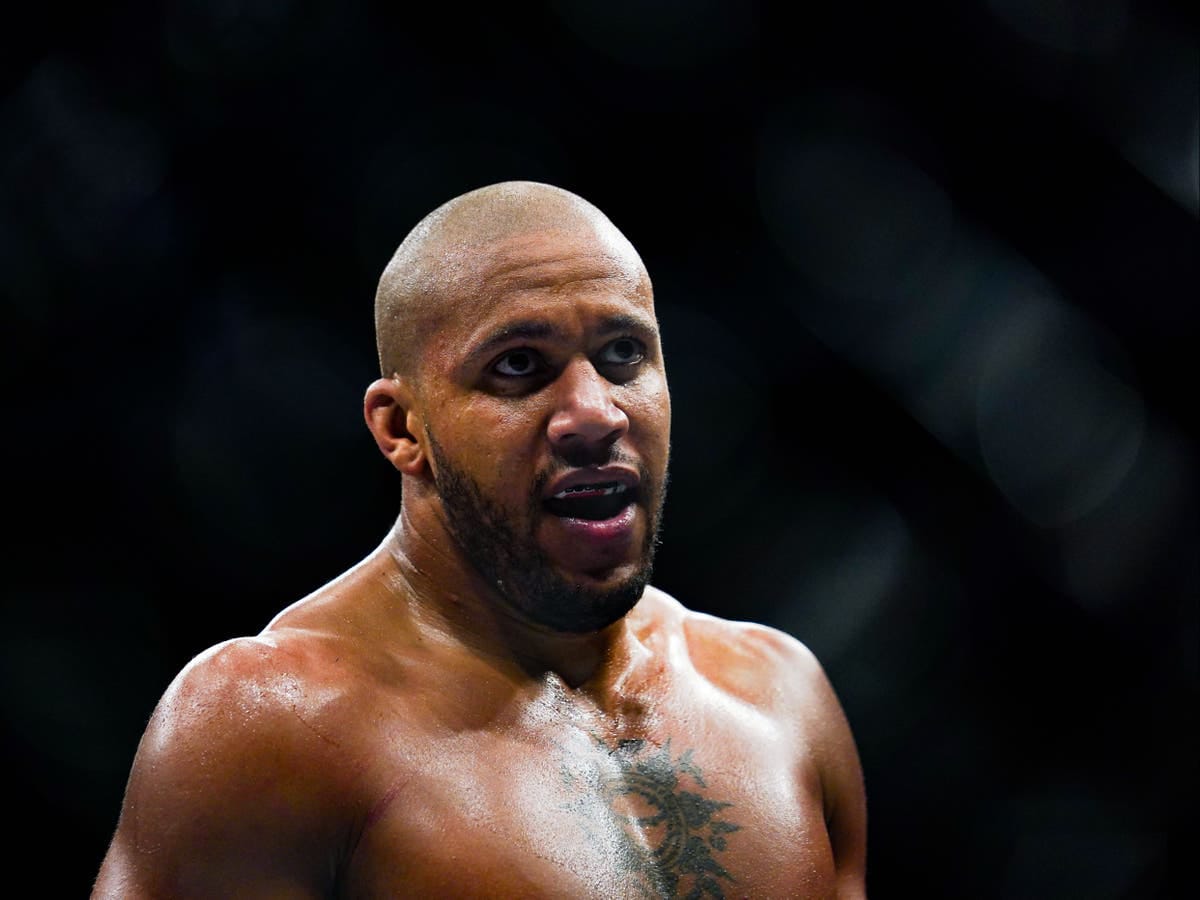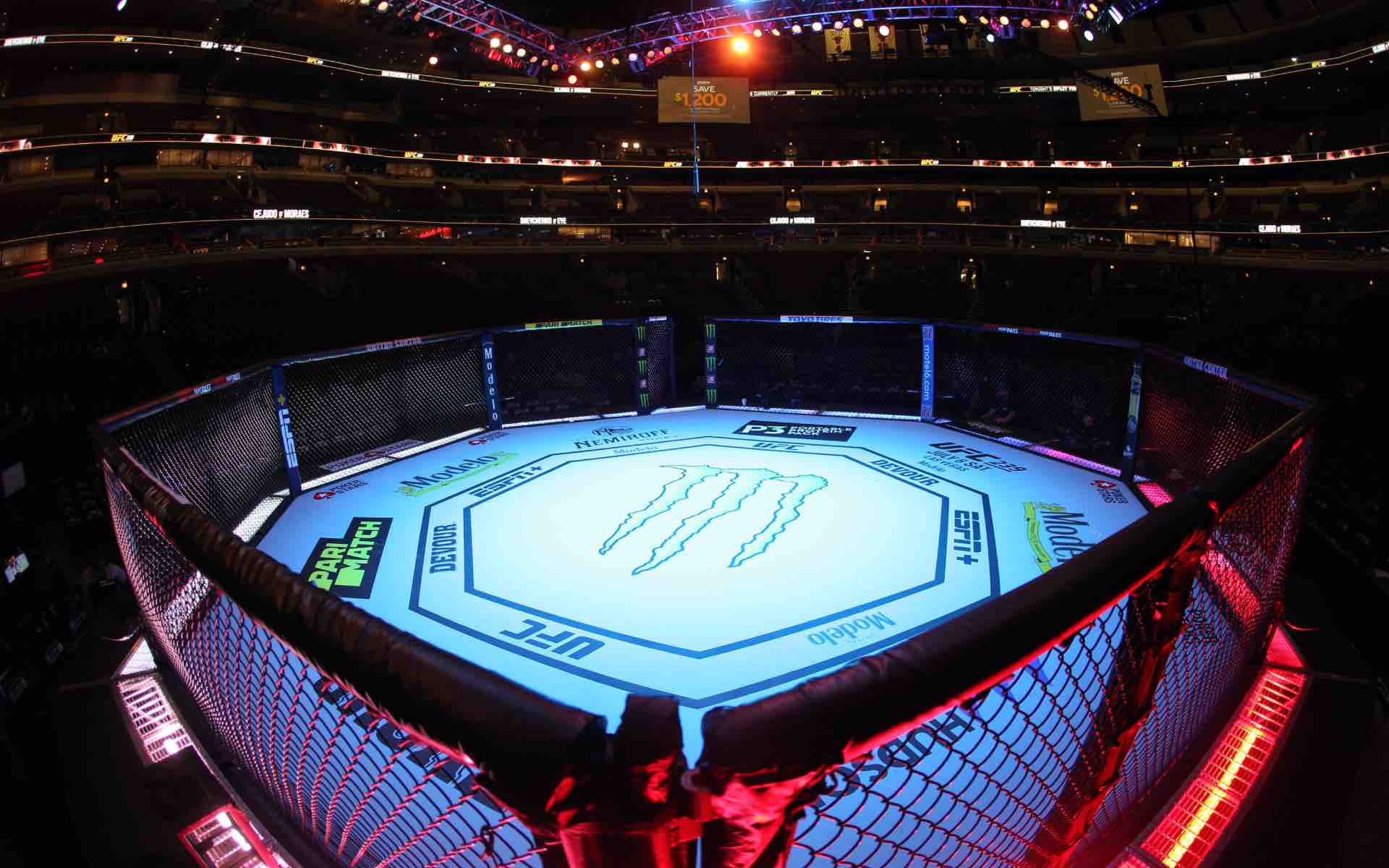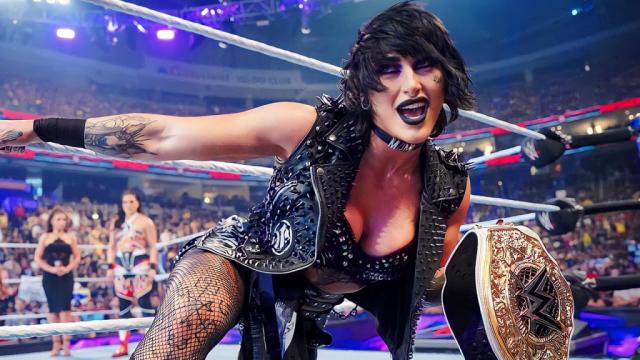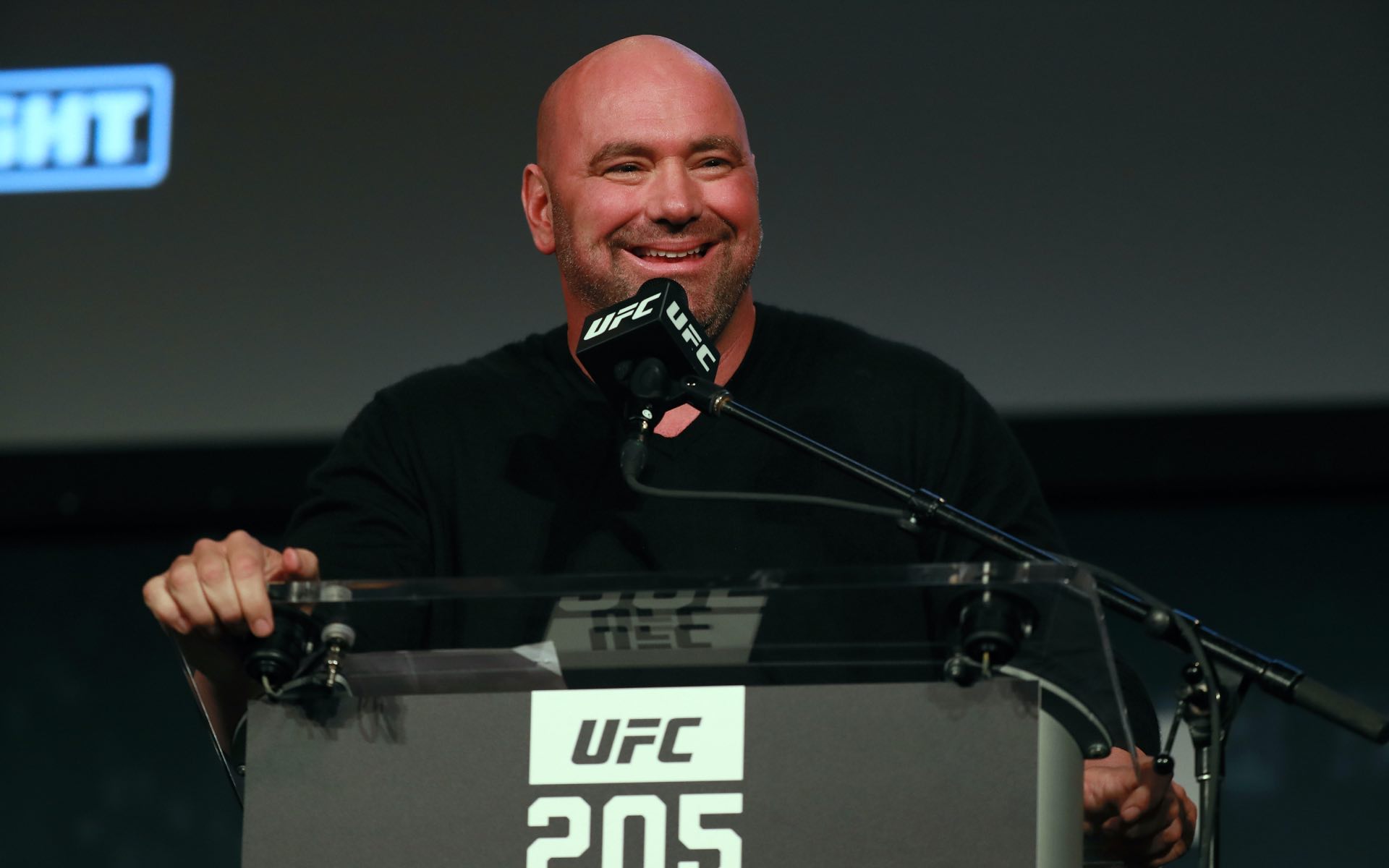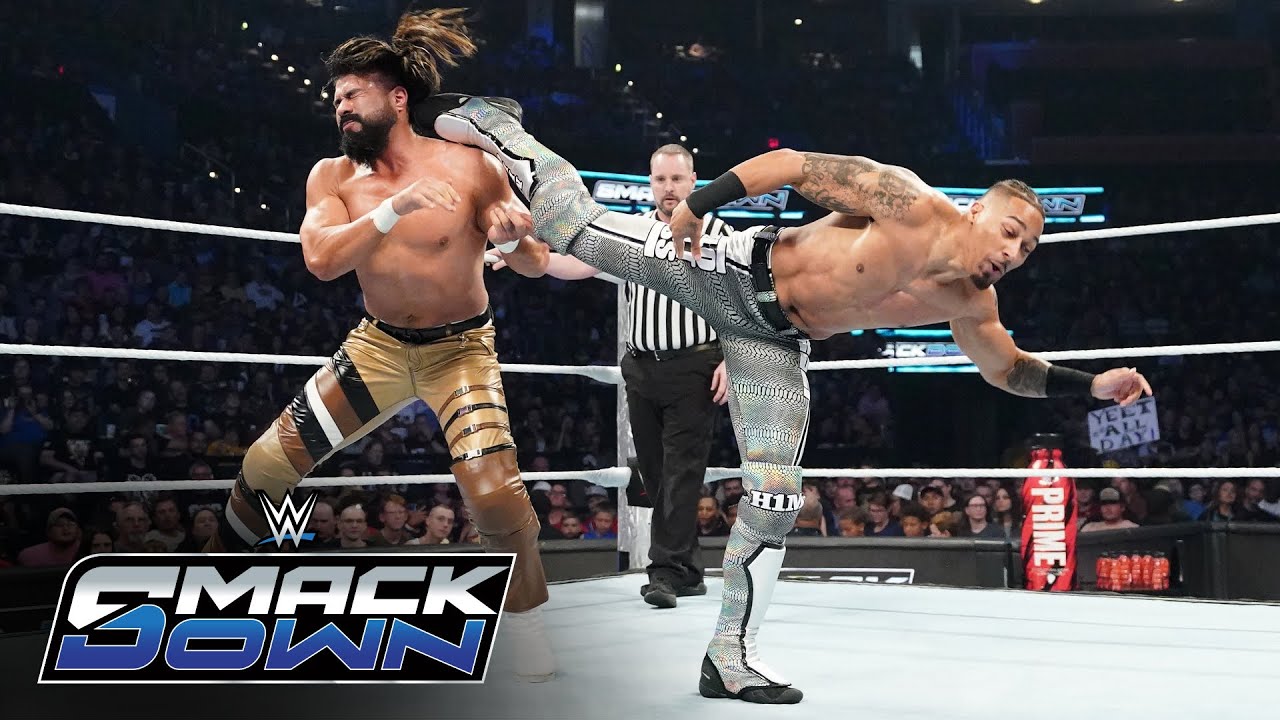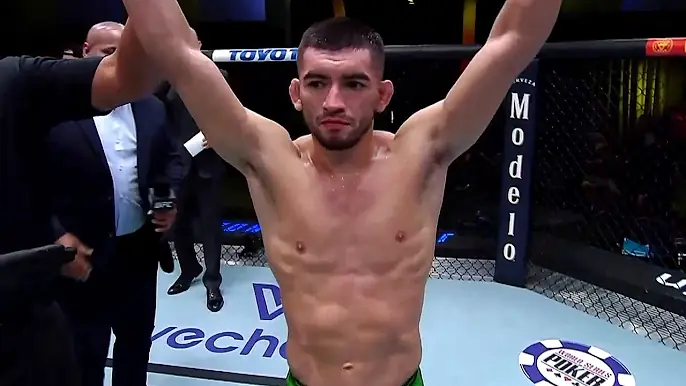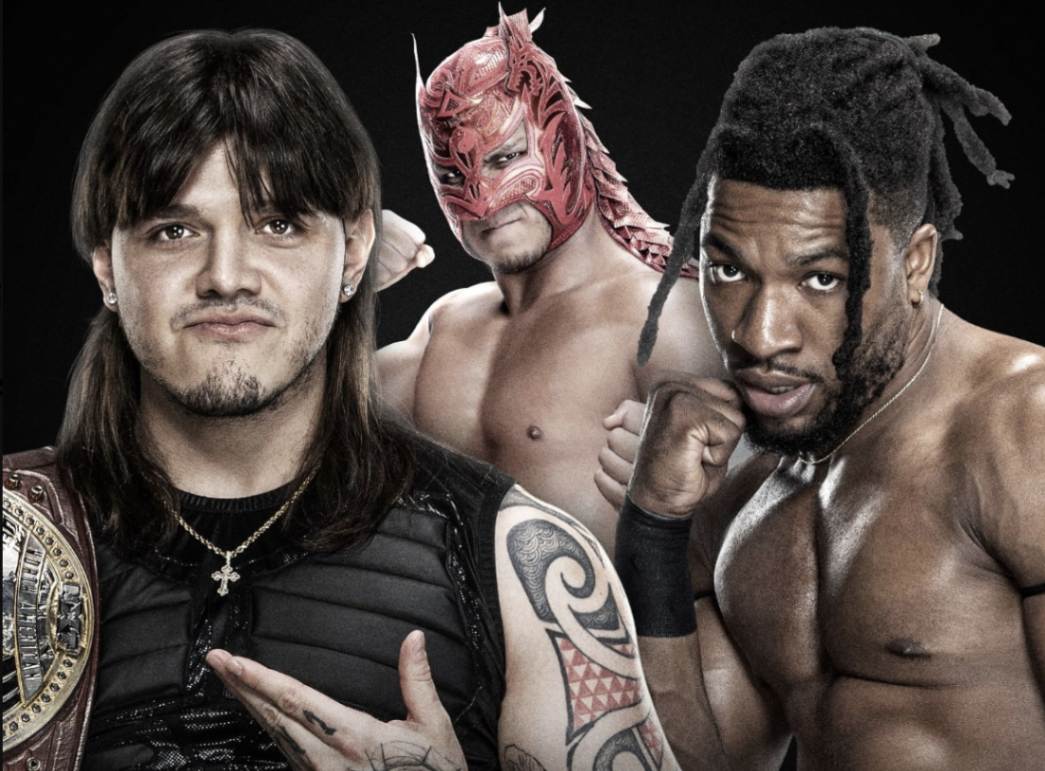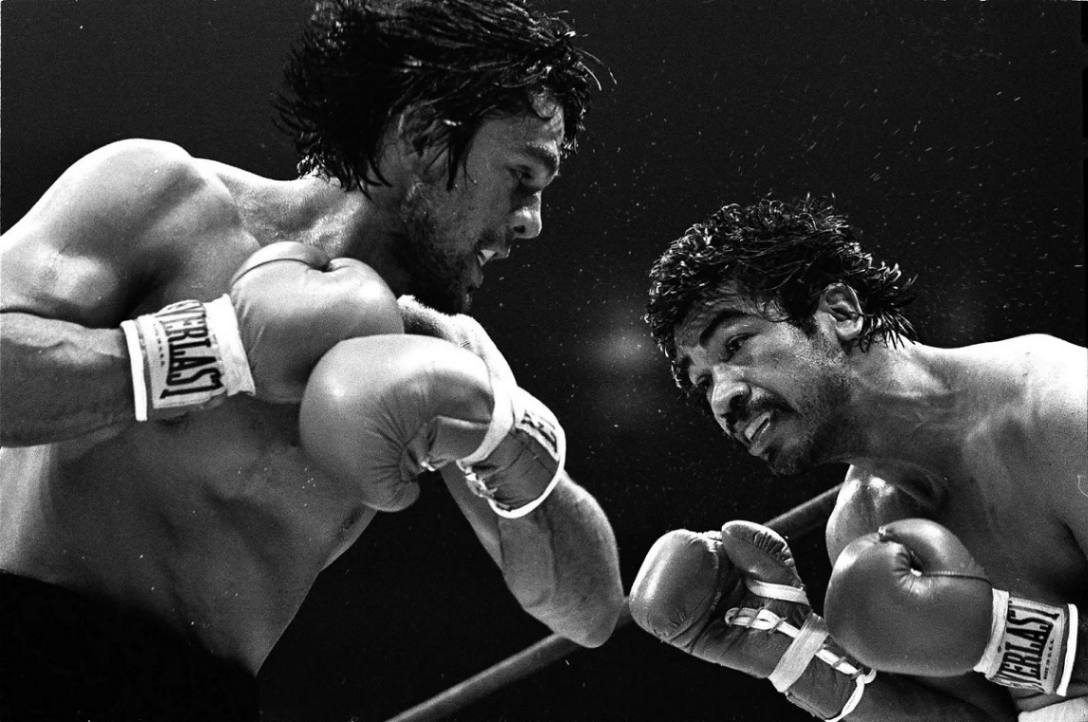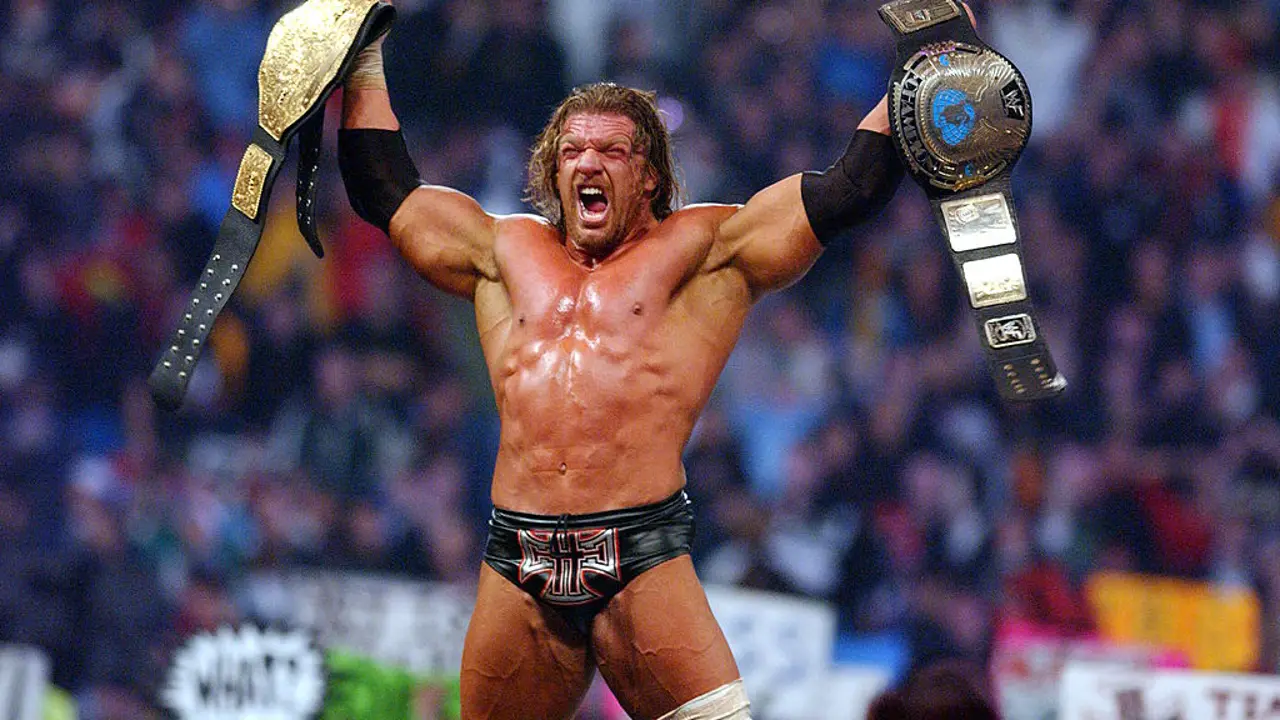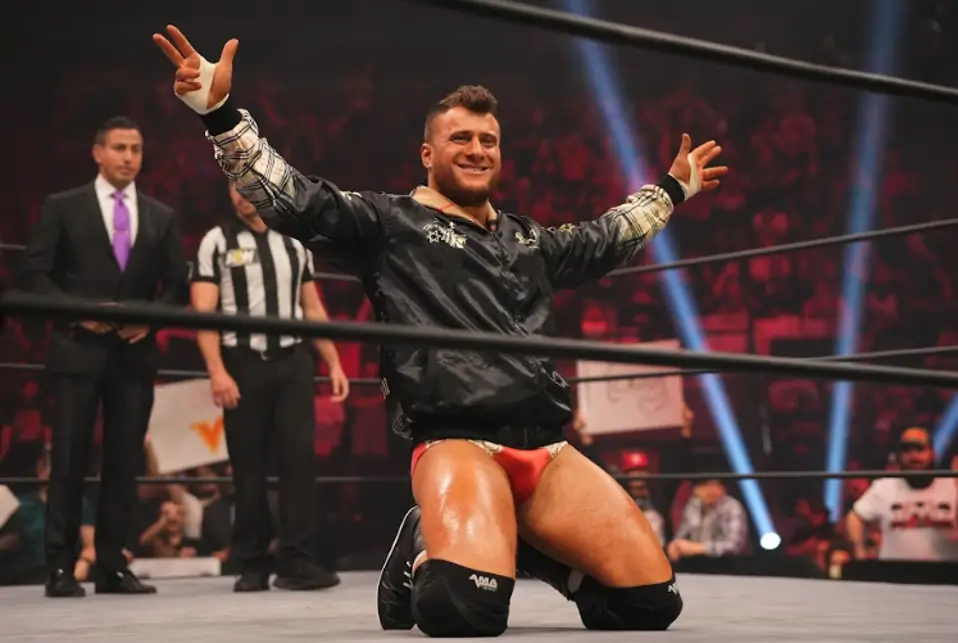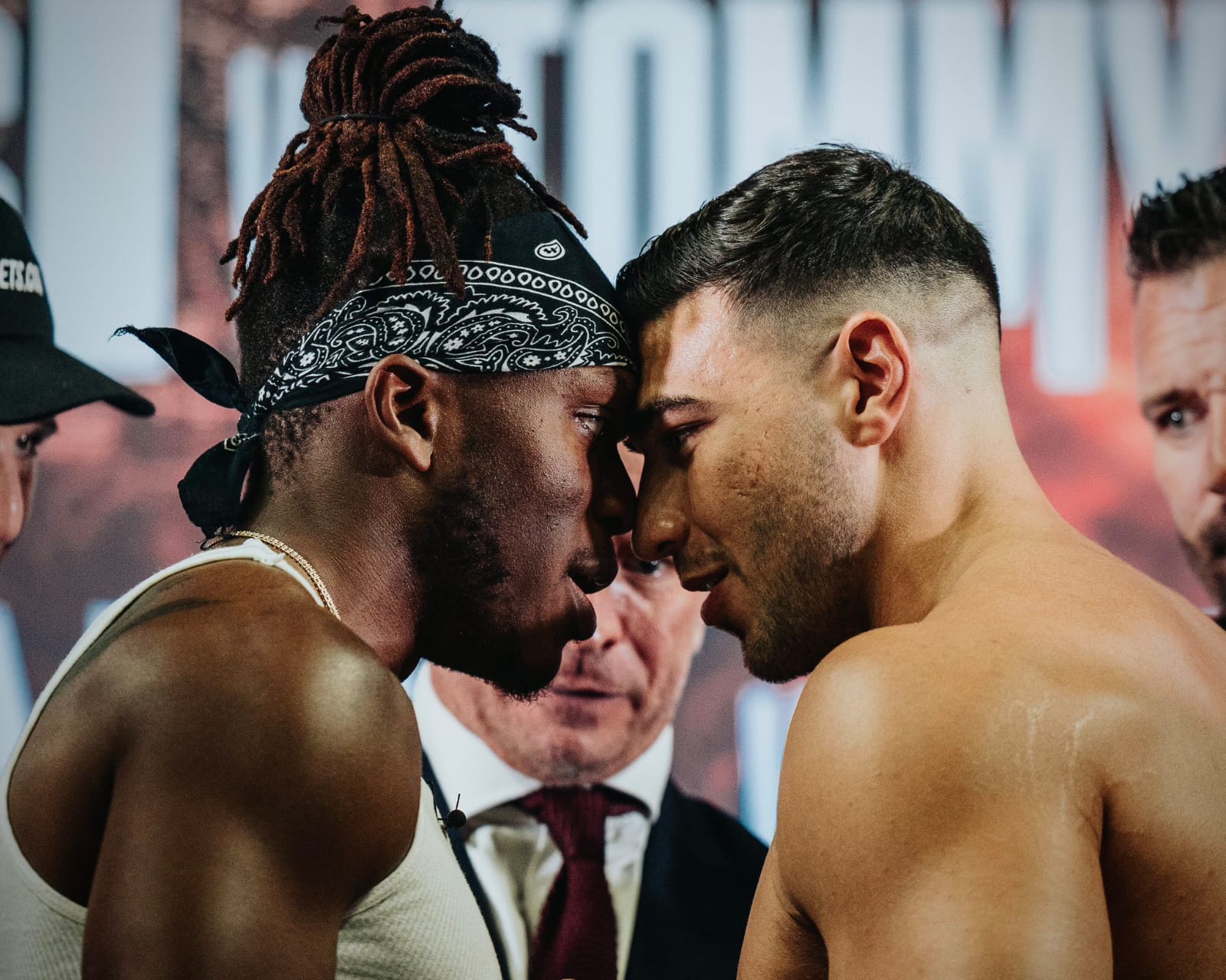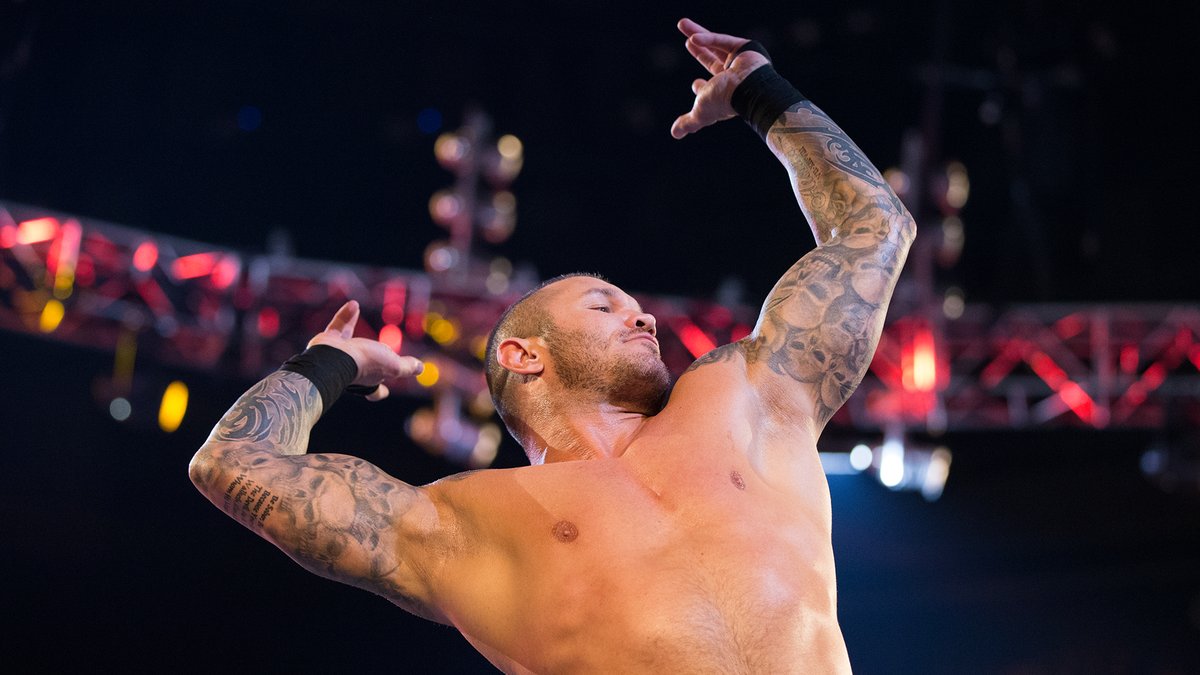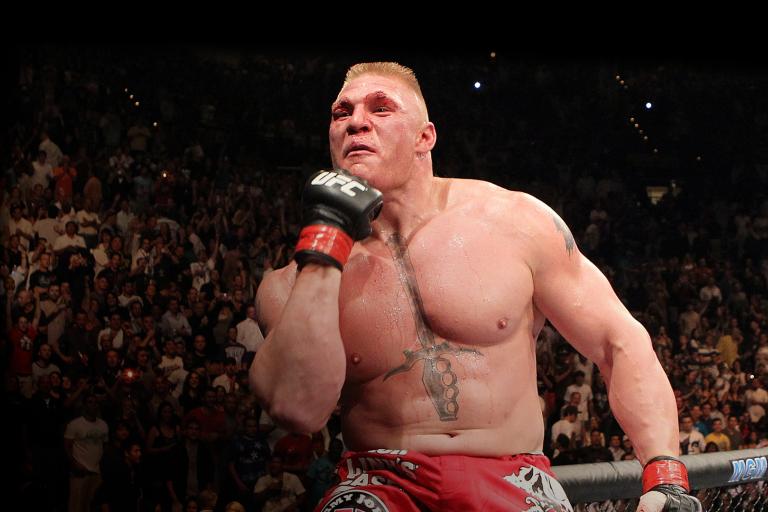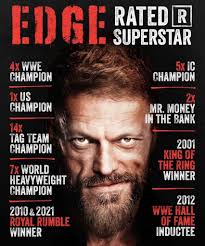Off-Octagon Friendships: Bonds Between Fighters Outside the Cage
MMA is a very intense form of sports combat where attention is paid to the actions of the fighters inside the cage and the desire to become the ultimate champion. But real life is quite the opposite; the fighters are united by friendship; they respect each other and are actual friends even though they are inside the cage. These friendships between fighters that are not octagon neighbors provide an insight into the personal side of the fighters, the camaraderie that is established due to the shared experiences that the UFC fighters go through, and how the nature of the sport helps in the development of these friendships that last beyond the cage. This paper aims to discuss the characteristics of such friendships, the possible reasons for the formation of such relations, and the effects of these relations on the fighters and their careers.
They are the formation of off-octagon friendships.
The path to becoming a professional MMA fighter is not easy, and it includes heavy training, physical and mental stress and losses, and self-sacrifice. This common experience is one way that different fighters feel a closeness with one another and can comprehend the hardships as well as the victories of others that they feel are impossible for anyone who has not been through it. Such friendships may develop in different circumstances, for instance, by training together at the same gym, being competitors in the same events, or just admiring each other’s work ethic and talent.
Training camps and gyms
Off-octagon friendships are most often produced in training camps and gyms, which are the main arenas for MMA fighters. Boxers who train together every day become teammates who are built by sweat and hard work. They keep egging each other on, congratulating each other when things go well, and lifting each other up when things are not so rosy. Such fraternity is well illustrated in famous MMA gyms such as American Top Team (ATT), Jackson-Wink MMA, and Tristar Gym, where fighters live in a society.
For example, fighters training at ATT often mention that the atmosphere in the gym is more like a family for them, and they include people like Jorge Masvidal, Dustin Poirier, and Joanna Jędrzejczyk. It is one of encouragement and teamwork where fighters do not only train for fights but also stand by each other through personal difficulties. Such camaraderie, forged out of their passion for the sport and support for one another, forms friendships that go beyond the gymnasium.
Competitions and events
Friendship is also formed in competitions and MMA events, though it may be difficult to describe how it happens since it is not as common as the others. Sometimes athletes respect each other after the encounter in the cage because of their appreciation for the talent, guts, and spirits that go into the cage. Such events can make rivals feel like they are on the same team despite the competitions.
An example of this is the friendly relationship between UFC lightweights Donald “Cowboy“ Cerrone and Joe Lauzon. Even though they have had many battles inside the cage, they remain great admirers of each other’s abilities and perseverance, and this has led to mutual friendship. Both have been seen attending each other’s functions and even complimenting each other, as this shows that rivalry leads to friendship.
Factors Contributing to Off-Octagon Friendships
There are a number of reasons as to why and how MMA fighters are able to establish these bonds and friendships. These are common interests, respect for each other, a sense of belonging, and the nature of the sport.
Shared Experiences
The process of achieving success in MMA is a long, tireless, and painful one that entails a lot of struggles, such as physical traumas, psychological torments, and expectations. Co-participants of the fighters often feel the pain and success that they face and gain on the other side. It also means that everyone is on the same side, and there is a feeling of camaraderie, which is very hard to come by in other contexts.
Khabib Nurmagomedov and Daniel Cormier are examples of this friendship. Both of them are training partners at the American Kickboxing Academy (AKA); hence, they have a close relationship that involves respect. Each of them has stated how their friendship has been beneficial in situations where one of them feels bad, getting support from the other one.
Mutual Respect
Reciprocity is a value from which a great number of off-octagon friendships are built. MMA fighters appreciate the hard work, commitment, and various things that one has to give up in order to be a fighter; hence, there is always mutual respect. This respect often leads to friendship since the fighters hold and appreciate the common qualities they notice in their counterparts.
For example, the friendship between Georges St-Pierre and Rory MacDonald is not just camaraderie; it is based on respect. St-Pierre is also MacDonald’s former coach and has worked with him since he was a young fighter; they have become close friends. MacDonald has always mentioned how St-Pierre has helped him and shaped his life, and how the two men have respect for each other.
Supportive Community
The MMA community, especially in the training camps and the gyms, is one of the most supportive communities out there. Some of the positive things that can be associated with fighters are that they practice with each other, exchange ideas, and even encourage each other, resulting in a lot of fellowship and friendship. This supportive community is important in a sport where the psychological and physical pressures are very high.
As seen at Jackson-Wink MMA, fighters such as Jon Jones and Holly Holm have benefited from a culture that fosters teamwork. The fellowship that has been fostered at the gym has seen fighters develop close friendships and, hence, have a support base to deal with the odds of the trade.
Unique Nature of MMA
Due to the complexity of the sport, which is a combination of different types of martial arts, and the nature of the battles, there is a special bond among the athletes. Due to the specificity of the sport and the need for constant enhancement, people learn how to accept one another and value each other’s efforts.
Some of the fighters, such as Israel Adesanya and Alexander Volkanovski, are friends because of their shared experiences in the sport. Both fighters have been upcoming in the UFC and have impressed each other with their fighting abilities as well as commitment, hence developing a healthy friendship off the ring. It shows that, despite the bitter rivalry that is quite common between fighters in MMA, they can also be friends.
Effects of Off-Octagon Friendship
Friendships that are formed outside of the octagon are essential for the fighters in terms of mental state, duration of the career, and success. Such friendships offer encouragement, inspiration, and the feeling of being accepted, which is critical in a rigorous activity such as MMA.
Emotional Support
This means that off-octagon friendships prove to be very helpful concerning emotional support. Athletes can experience a significant level of stress coming not only from combat sports but also from their everyday lives. To feel relieved and secure, it is pivotal to have friends with whom one can share all those struggles and support a person.
For example, the relationship between Joanna Jędrzejczyk and Karolina Kowalkiewicz, two of the best strawweight fighters in the UFC, shows how crucial it is to have a teammate and a friend. Nonetheless, they are rivals; they have been very close friends, supporting each other during difficult circumstances. Jędrzejczyk has also discussed how this friendship has helped her cope with the challenges that come with her line of work, stressing the benefits of the relationship.
Career Longevity
Personal relationships can also play a role in longevity within a career, especially with co-workers and managers. The encouragement from peers makes fighters disciplined in their preparation and rehabilitation and prevents them from getting bored and quitting. Friends can give good advice, make recommendations on training methods, and even help the fighter stay on track.
Khabib Nurmagomedov and Islam Makhachev are perfect examples of that. Their friendship, which was created during years of training, has supported both fighters to stay as loyal to their occupation as they are now. With Nurmagomedov’s help and support, Makhachev rapidly grew to become a top contender in the lightweight division, which proves that friendships can indeed have a positive effect on one’s career.
Overall Success
It was also found that the overall success of fighters is supplemented by a well-developed friendship. Friends motivate and inspire fighters, create a good atmosphere that is similar to camaraderie, and make fighters work hard. Knowing that they have backup helps fighters stand their ground and be at their best since they know they are not alone.
An example of this is the relationship between Daniel Cormier and Cain Velasquez. Both training at AKA, they have been able to motivate and drive each other to become champions in the UFC. The encouragement that they have had for each other has been some of the factors that have influenced their careers, proving that good off-octagon friendships do help in the achievement of goals and objectives.
Conclusion
Friendships that are developed outside of the octagon between MMA fighters demonstrate a side of them that is not often seen and show how most fighters have camaraderie due to the experiences and respect that they share with everyone involved. These friendships, which are developed through physical and mental training, pressure, and personal struggles, help in offering support, increasing the athletes’ career span, and boosting success. Thus, the friendships that the fighters build beyond the cage will remain a key to personal success as well as professional advancement in the field of MMA for as long as the athletes have to persevere through this challenging activity.

